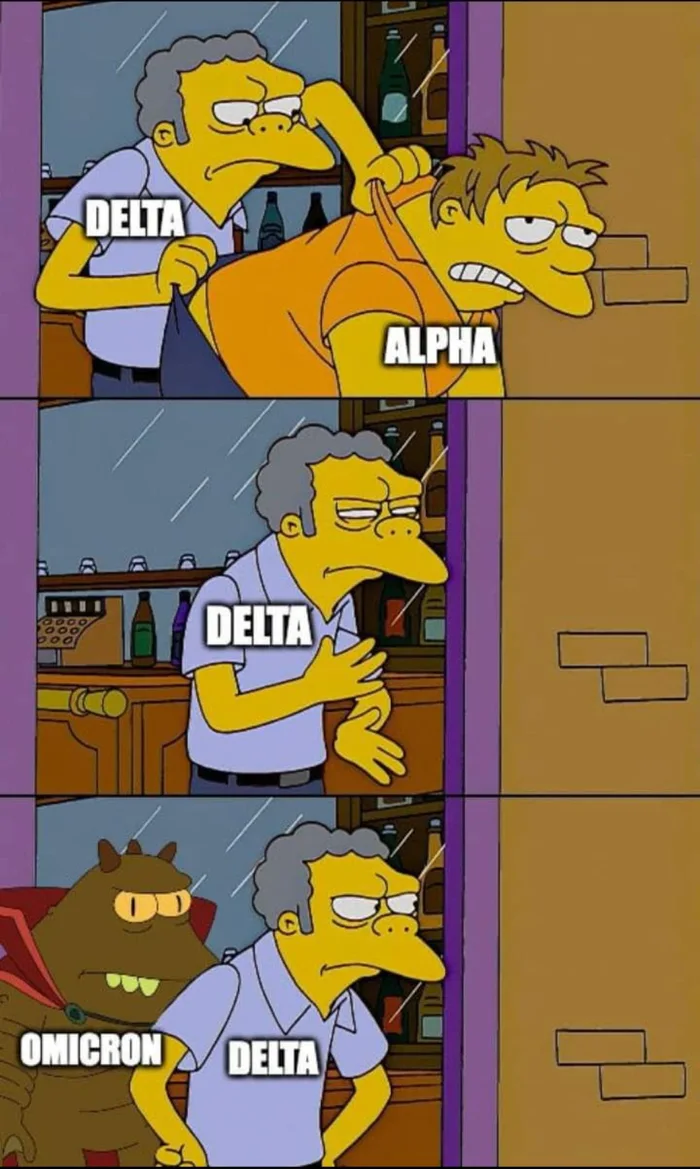.
Linear warfare with about equal strength along a front has proved inferior to an unequal distribution of forces with offensive use of the strongest section, an early notable example being the Battle of Leuctra with its oblique order and another Alexander the Great's use of shock cavalry attacks. The principle has long since become enshrined in Western military thought and theory, famously by Frederick the Great and Carl von Clausewitz.
We had a great drive towards dispersion in order to maintain enough survivability in face of the rapidly escalating deadliness of firepower. Concentrated strength -mass- could prevail against high end firepower only under cover of such powerful support that not one army in the world could muster. No army has the combination of air defence, electronic warfare, artillery counterfires and even C-RAM hard kill defences to mass for long without being punished badly by fires of a high end opposing force.
The almost inevitable rise of various autonomous battlefield drones (ground/air/both, small bird size to a ton of weight) could replace the most obvious and most common expression of mass; a tank company or battalion fighting as one and overpowering opposition in line-of-sight combat.
The principle may still hold true; equal distribution of drone swarms may very well be inferior to massed efforts, though EMP area attacks (and to a lesser degree locally focused RF jamming) might prove to be an antidote to force concentrations the way that tactical nuclear warheads were to armies of soldiers and motor vehicles.
There is another possible paradigm for mass, and I will write about it, but first, let's assume a scenario for drone war:
The drones are of varying sizes and different specialisations, autonomous but also able to make use of radio links, most drones are very stealthy, they can recharge batteries in action (photovoltaic or by processing organic matter) and some may even be able to hide in underground or indoors.
The drones operate as swarms, which includes enough cooperation and mobility to apply pulsing attacks; movement for temporary concentrations for saturation attacks.
These temporary geographic concentrations wouldn't really the mainstay of "massing" and "Schwerpunkt", though. Instead, the temporary local superiority would be achieved by an unsustainably high degree of support effort. This includes especially electronic warfare. I wrote about this ages ago, and I stills tick to it; support assets are too much exposed to attrition risks if used constantly. Instead, we should use them when and where they matter most (or to pick low-hanging fruits, which is a rather attritionist approach).
So imagine drone swarms facing each other, but due to some dynamics that favour defence (such as stealthiness of stationary drones) it's ineffective to try to let them be aggressive on a wide front simultaneously (unless you're superior to a point that makes finesse superfluous). Even physical massing of drones per se does not yield much success (regarding losses ratio) for such reasons and because of quick counter-concentration.
Now imagine that our party has the electronic warfare means to gain a significant temporary local advantage (such as our drones still have limited cooperation through radio links, but theirs have jammed links). A local breakthrough would become possible, and the opposing force would have to react to this local crisis with rapid reserves, akin to Blitzkrieg front-line penetrations by mechanised forces requiring counterattacks by similarly fast troops.
The support assets for temporary local superiority would be very mobile and sufficiently stealthy on the cruise to enable a quick breakthrough or attack with limited objectives elsewhere, rinse and repeat.
But it wouldn't be the physical mass or quantity of drones at the Schwerpunkt that would matter the most; it would be the activation of an unsustainable level of support. A temporary, unsustainable exhausting use of battery power of ten thousands of drones for a joint effort could also qualify as such a Schwerpunkt effort, in place of (EW) support.
In the end, massing forces such as a super-deep Theban pikeman/hoplite phalanx was only serving the purpose of achieving temporary local superiority on the attack. We don't really need a physical concentration to achieve this. A hoplite army could also have had an oblique order if it had placed exceptionally strong and well-armoured hoplites on one wing (they kinda did this on one wing each, which gave an indecisive asymmetric obliqueness- just imagine that but one side did it).
Great strength of great offensive efforts along a whole front are unsustainable or impossible, so the classic Schwerpunkt recipe is to accept weakness in many places, but mass in one place for offensive access through local temporary superiority. There are other ways how an effort can be unsustainable or impossible than just area density of forces. Notably, support efforts, exhausting of supplies (or battery power) would qualify as well.
So essentially I'm trying to convince you that the "mass" and "Schwerpunkt" ideas can be thought more widely. "massing" could also be interpreted as an unsustainable effort that enables offensive success.
S O
defence_and_freedom@gmx.de
P.S.: This goes way beyond the 'massing of fires' (without moving troops), which had become ordinary military theory by WWI. The divisional artillery has been the division commander's primary Schwerpunkt tool at that time, later augmented by the specialised anti-tank units that created a geographic AT concentration if needed.
Consider this model to see why what I wrote goes beyond massing of fires: Three howitzers defend three parallel valleys, one each. The outer valley's howitzers can mass the fires into the central valley. That's massing of fires. Now what I'm talking about is more akin to each of these howitzers being allotted 50 rounds per ordinary day, with a local reserve of 100 rounds. And any one such howitzer would be authorised to suddenly expend 150 rds in one day, exhausting its supply (=its support's ability). No fires from the other valleys would be needed for this unsustainable effort. It's not the same concept as massing of fires.
This model shows how awfully trivial the thought actually is. As so often, what I write isn't all that terribly complicated. The question is rather whether anyone ever bothered to write it down. I would have mentioned it if I was aware of anyone having done so.
.





